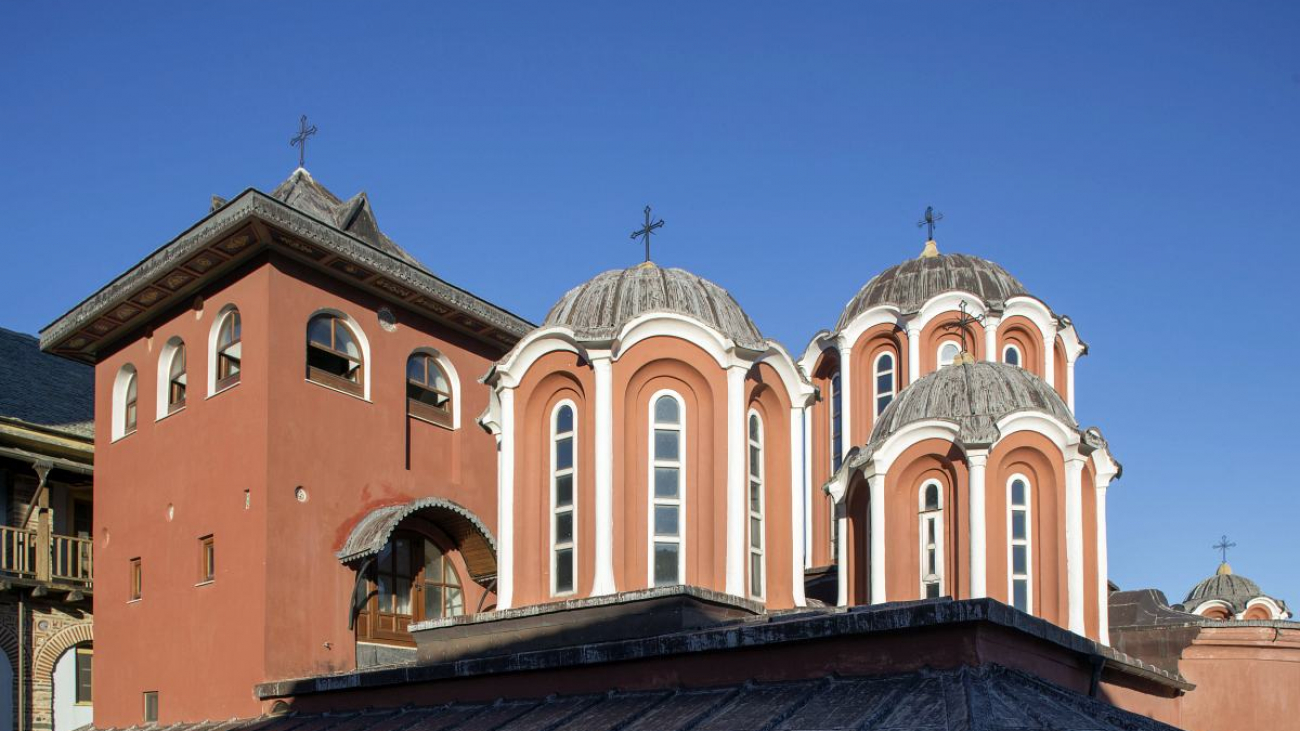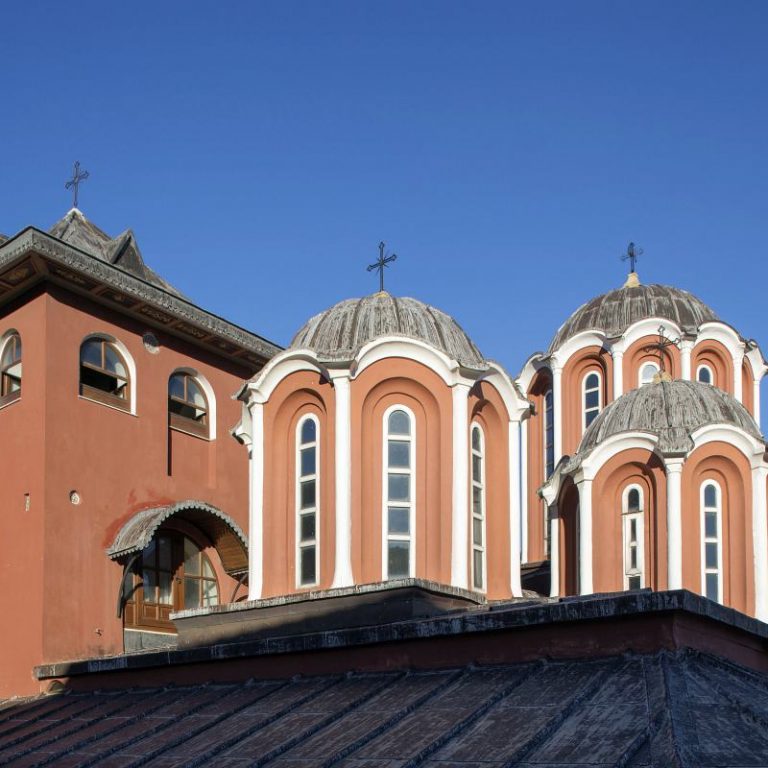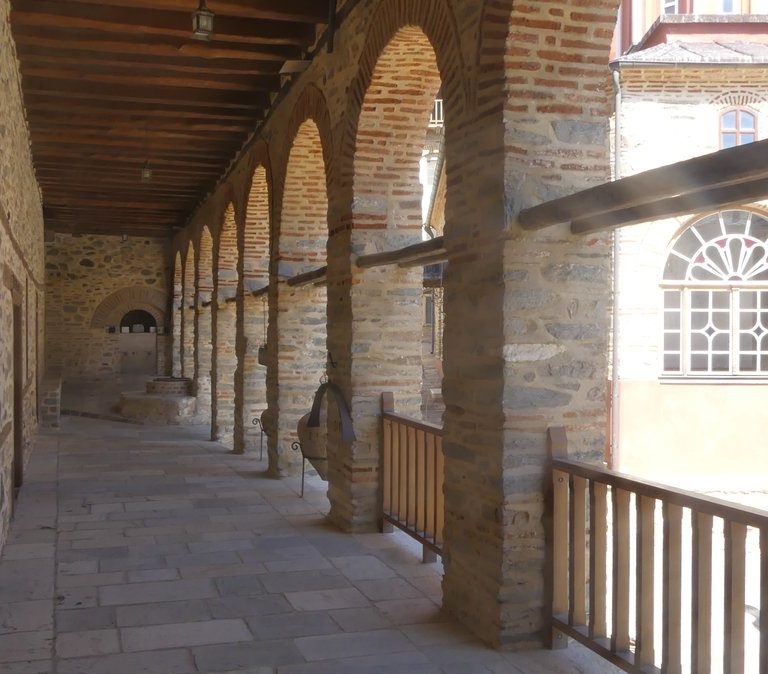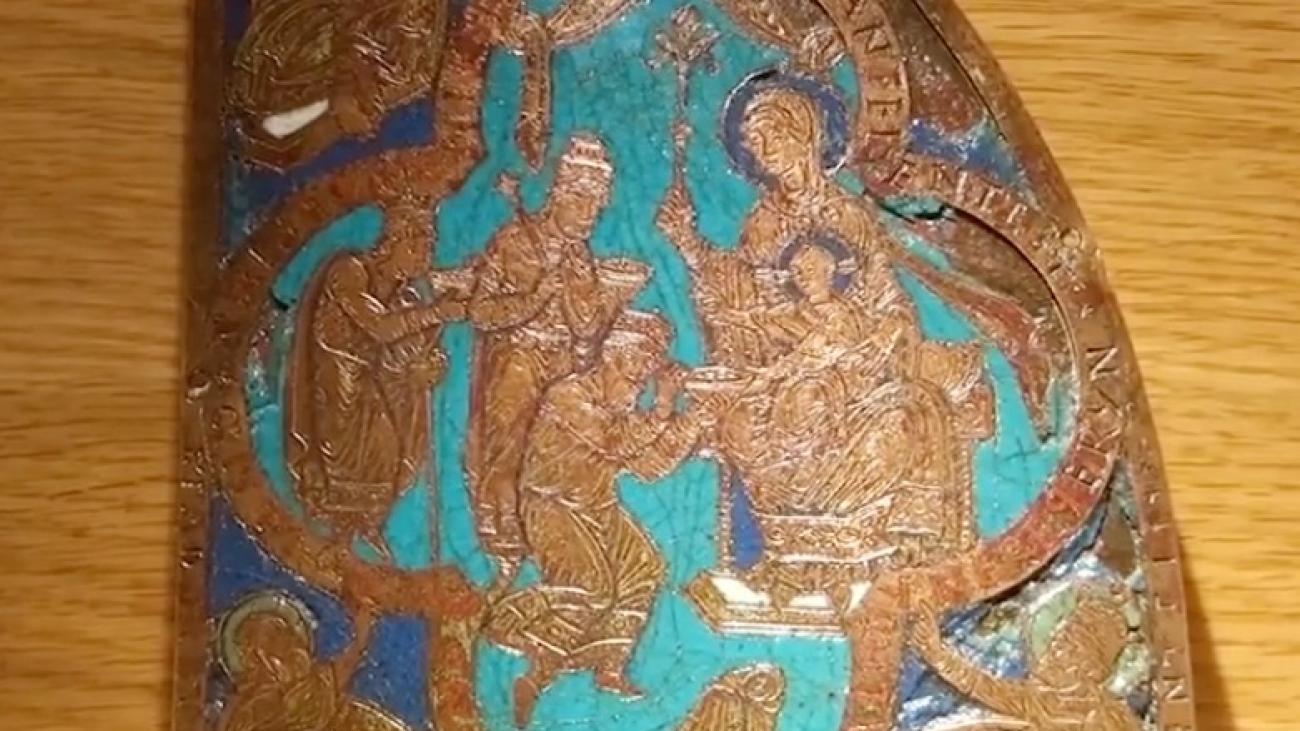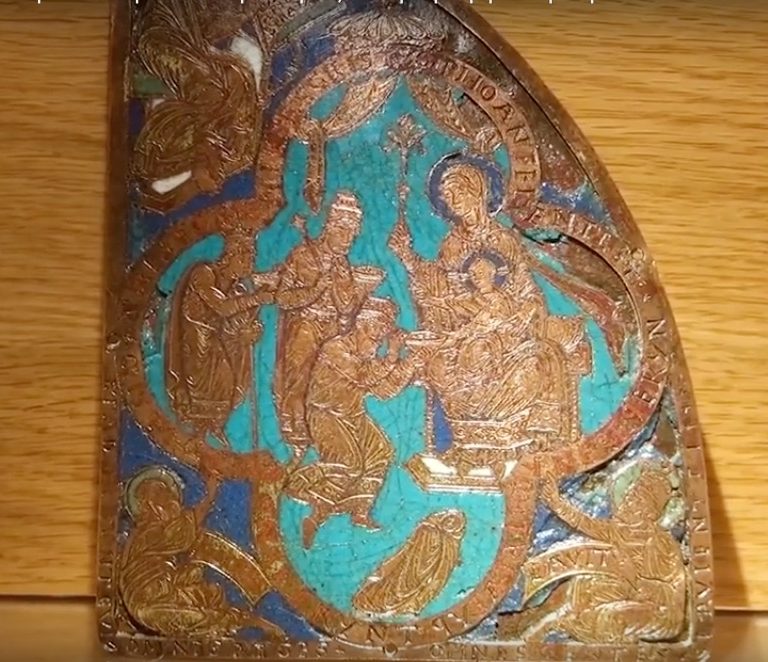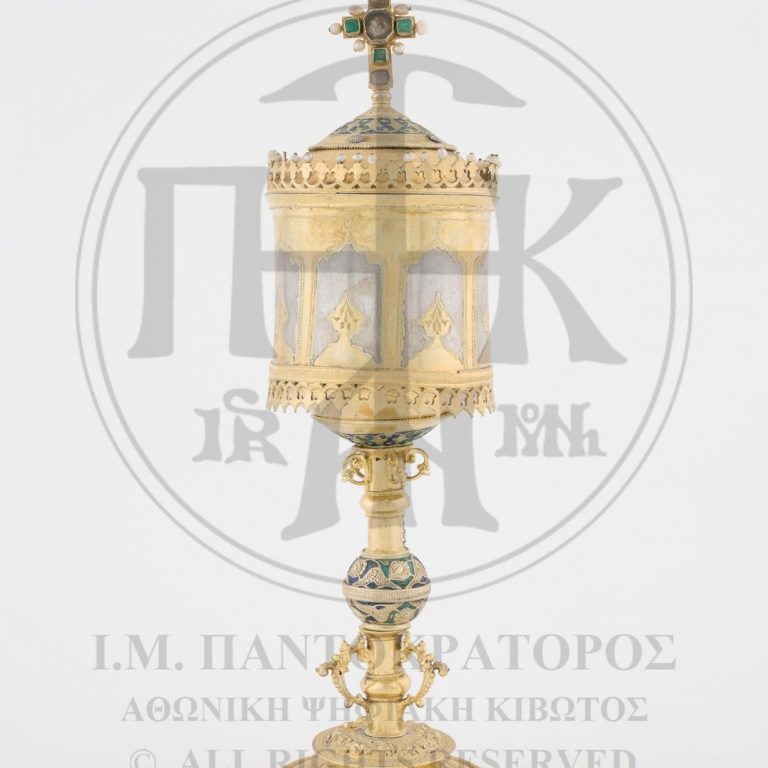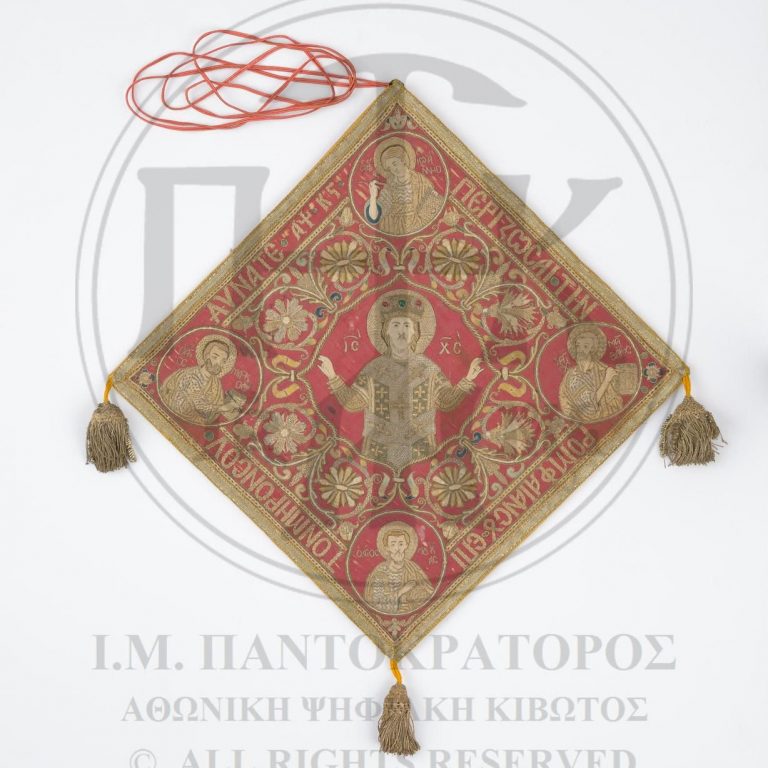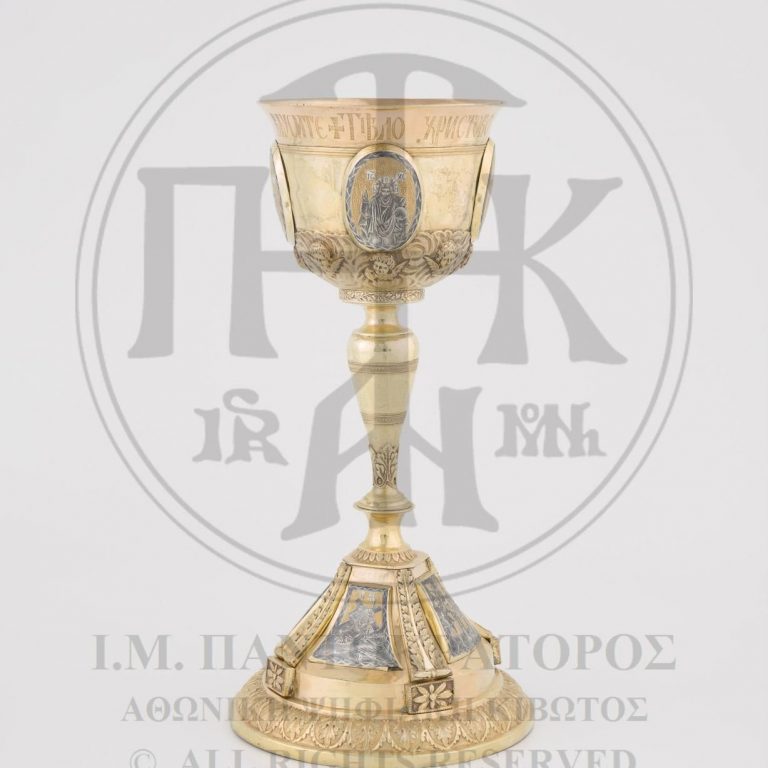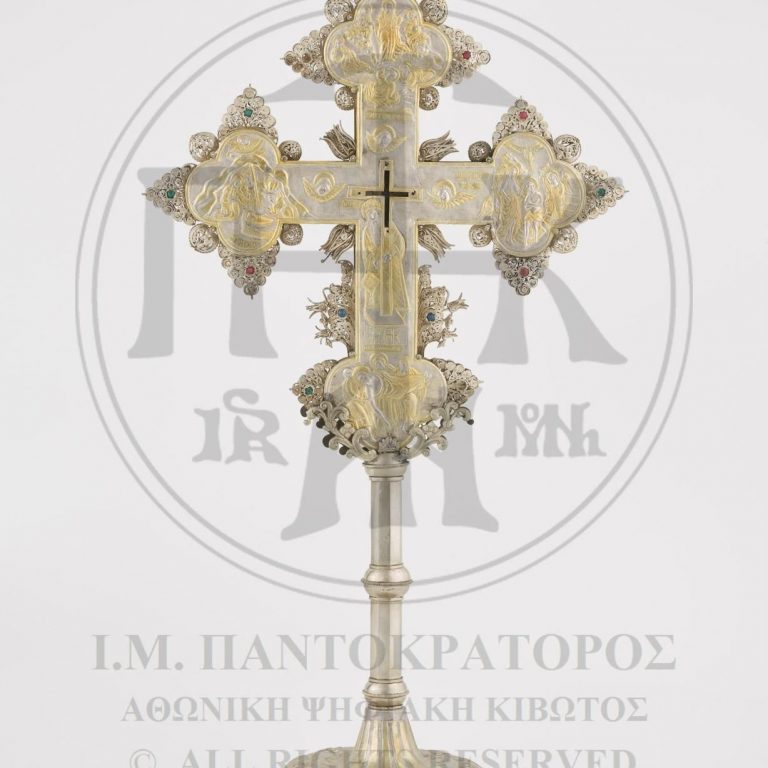The Archives
The archives of the Monastery which, for the largest part of its historical life have been protected in the Tower, consist of about 670 Greek documents, 480 Ottoman, and one Roumanian, not including the large number of documents of an economic nature which refer to the Cells associated with the Monastery, or to the financial dealings of the fathers during the Ottoman period and onwards. The creation of an archive was a fundamental goal of the Pantokratoros Monastery, as well as of all the Athonite monasteries, because only by preserving the records of the original donations and validation documents or copies of them was it possible to protect the region and its dependencies from those who tried to wrongfully claim them.
Despite the adventures encountered in every period because of the constant turmoil, such as the catastrophic fire in 1392, or the historic disruptive conditions during the Ottoman period, the archives of the Monastery continued to be enriched with documents, while the attempts to organize them properly never stopped, neither in the 16th-17th centuries, nor in the 18th-19th. In the 14th century, the translation of the original, founding documents of the Monastery was completed, while from the mid-18th century, the number of archives increased with the addition of a great number of financial records (bonds, contracts, etc.), and also with the official correspondence records of the Monastery.
An important task for the categorization of the documents in the Archives was completed at the beginning of the 20th century by the three-member Commision for the Categorization of the Archives of the Monastery, which was comprised by the Priors Ioacheim and Alexios, and the Archimandrite Athanasios. The Commission worked systematically and completed the project on 29 July 1926, with the categorization and recording of the documents relating to its dependencies up until that date, and the 'independence of the Monastery and its inhabitants, now and in the future'. The catalogue of these records, which was made a part of Codice 4 and entitled 'Codice of the Archives. Holy Pancratoros Monastery,' consists of 24 chapters, based on the geographical location of the dependency, and is considered to be a prototype for its kind.
Despite the adventures encountered in every period because of the constant turmoil, such as the catastrophic fire in 1392, or the historic disruptive conditions during the Ottoman period, the archives of the Monastery continued to be enriched with documents, while the attempts to organize them properly never stopped, neither in the 16th-17th centuries, nor in the 18th-19th. In the 14th century, the translation of the original, founding documents of the Monastery was completed, while from the mid-18th century, the number of archives increased with the addition of a great number of financial records (bonds, contracts, etc.), and also with the official correspondence records of the Monastery.
An important task for the categorization of the documents in the Archives was completed at the beginning of the 20th century by the three-member Commision for the Categorization of the Archives of the Monastery, which was comprised by the Priors Ioacheim and Alexios, and the Archimandrite Athanasios. The Commission worked systematically and completed the project on 29 July 1926, with the categorization and recording of the documents relating to its dependencies up until that date, and the 'independence of the Monastery and its inhabitants, now and in the future'. The catalogue of these records, which was made a part of Codice 4 and entitled 'Codice of the Archives. Holy Pancratoros Monastery,' consists of 24 chapters, based on the geographical location of the dependency, and is considered to be a prototype for its kind.

